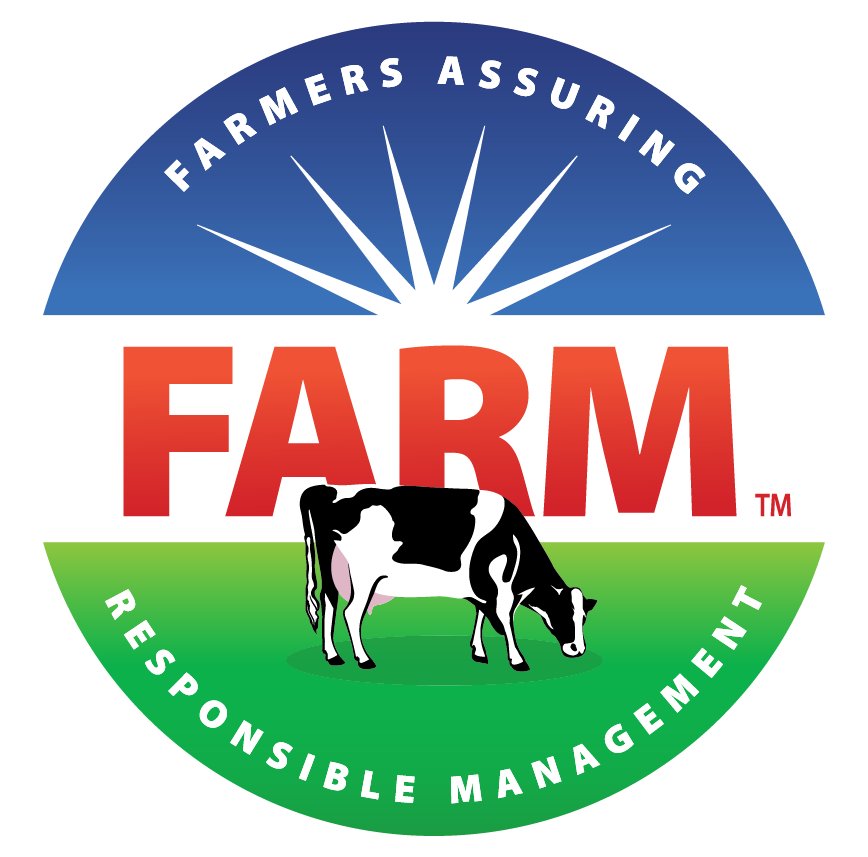WEBINAR DETAILS
December 15, 2016 | 12:00 pm EST | Watch Here
ABOUT THE WEBINAR
A strong herd health program emphasizes prevention, rapid diagnosis and quick decision making on necessary treatment for sick or injured animals and is vital to ensure healthy cows reach their full performance potential. Because every dairy operation is unique, it is important to work with your veterinarian to create a herd health plan. Scott Nordstrom, DVM, director of dairy technical services, Merck Animal Health, will review what is new with Farm 3.0 as it relates to the veterinary-client relationship (VCPR), and developing a written herd health plan for your dairy.
ABOUT THE PRESENTER

Scott Nordstrom, D.V.M.
Director of Dairy Technical Services,
Merck Animal Health
Dr. Nordstrom specializes in immunology, conducting vaccine research and development for livestock as well as post-approval pharmaceutical and vaccine studies in dairy cattle. He also provides training in the areas of infectious diseases, vaccinology, immunology and diagnostics.
He has played principal roles in researching the Vista® vaccine line and developing the DVM DxTM program. Dr. Nordstrom practiced dairy and equine medicine privately for several years, most recently as a partner in a veterinary clinic in Dayton, Virginia.
In 2001, he joined Merck Animal Health Dairy Technical Services, the team he leads today.
Q & A WITH DR. NORDSTROM
Why is the topic of herd health programs important to the dairy industry?
A strong herd health program ensures a consistent level of health care to our cattle, which is vitally important to the dairy industry. Not only does it encourage the development of protocols for delivering health care, but it also emphasizes continuous assessment and improvement of cattle care on the dairy.
How can a strong herd health program make a difference within the greater dairy industry?
A written Herd Health Plan, developed in consultation with the dairy’s Veterinarian of Record (VOR), includes daily observations of cattle for injury or signs of disease, as well as protocols to prevent, treat and monitor the incidence of common diseases. It fosters the ability to make quick decisions about animal care and includes training for employees to recognize potential issues, as well as to deliver quality care. This helps to ensure a higher standard of cattle care across the entire dairy industry.
Why should dairy producers care about utilizing a herd health program?
A well-designed Herd Health Program is the cornerstone of a productive herd. It emphasizes prevention and also provides a rapid uniform response to health challenges in the herd. Annual review – or more often as necessary – helps ensure that necessary adjustments are made based on the success or failure of programs and that the newest technology is being utilized.
What do you feel is the most important factor that leads to a quality herd health plan on dairy farms?
A valid Veterinary-Client-Patient-Relationship (VCPR) is the foundation of a successful Herd Health Plan. Written health protocols, daily observations of cattle and a well-trained team are also important to a successful program.
How will FARM help industry stakeholders raise the bar for industry herd health plans?
FARM helps standardize cattle care across the dairy industry by providing clear industry standards and expectations .
This webinar is part the of the Merck Dairy C.A.R.E & FARM Animal Care Webinar series. You can view the FAQs and full schedule here.

 Norman Stewart, D.V.M., MS
Norman Stewart, D.V.M., MS
 belief in their staff.The farm conducts quarterly animal care meetings for both cow and calf staff, focusing on timely topics and watching videos on how to work “with” the animal, said Daphne. They also bring in veterinarians to help with training.“We hope positive peer pressure works to keep our staff’s animal handling skills honed,” she said. “The three partners who work with animals set an example on a regular basis.”
belief in their staff.The farm conducts quarterly animal care meetings for both cow and calf staff, focusing on timely topics and watching videos on how to work “with” the animal, said Daphne. They also bring in veterinarians to help with training.“We hope positive peer pressure works to keep our staff’s animal handling skills honed,” she said. “The three partners who work with animals set an example on a regular basis.”
 unlike humans, there is no verbal communication available to express expectations. Cow communication begins with understanding the cows’ flight zone, or personal space. Each animal’s flight zone is different but by understanding where and how to engage the zone and points of balance, the animal will move where and how you would like for them to with only minimal verbal communication.
unlike humans, there is no verbal communication available to express expectations. Cow communication begins with understanding the cows’ flight zone, or personal space. Each animal’s flight zone is different but by understanding where and how to engage the zone and points of balance, the animal will move where and how you would like for them to with only minimal verbal communication.

 Ben Bartlett, D.V.M.
Ben Bartlett, D.V.M.